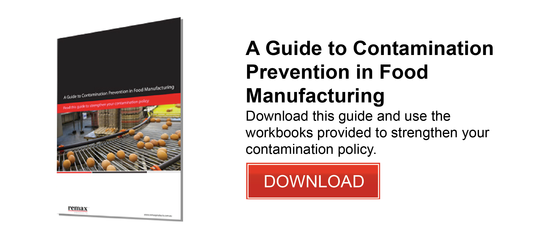Key considerations for operating an effective cold storage facility
Five strategies for reducing your coolroom energy costs
If you're looking to install cold storage facilities in your operations, it's important to carry out research and planning. This can save considerable energy costs and reduce the potential for product loss.
Here are five key considerations you should explore.

1) Types of refrigeration
a. Vapour absorption systems
For a warehouse or storage facility with access to waste heat, the absorption system is more useful because the waste heat can be used as energy to power the refrigeration unit.
b. Vapour compression systems
The use of vapour compression systems depends largely on the energy sources available and their relative costs. For any other facility than a warehouse storage facility, the efficiency of the compression system is almost always favourable.
Ammonia and freon compressors are most commonly used in cold storage warehouses because they are cheap, easily available and have high latent heat evaporation. However, they are also highly toxic and can contaminate produce if there are any leaks.
2) Temperature required for storage
The temperature depends largely on the time required to be stored and the type of product being stored. Most facilities classify into three categories:
- Food that is alive e.g. fruit and vegetables
- Foods that are no longer alive and have been processed in some form e.g. meat & fish
- Commodities that benefit from storage and controlled temperature e.g. beer and tobacco
3) Door insulation
The solution to the aging process and disease in food is well insulated cold storage. In fact, for every 10° increase in temperature, the rate of chemical reactions occurring in a product doubles.
A lack of insulation can create easy ways for heat to enter, costing money both for further cooling and in the decreased life of the products. The major source of heat entry into a cool storage area is the door. Every time a door is opened there is an instant portal for heat entry - which makes it vital that doors are only open for the minimum possible time.
For high use doors, a product such as the Movichill Insulated Rapid Roller Door is a perfect match. It is quick, self-repairing and keeps a strong seal when closed and is the new industry standard for coolrooms. Its combination of speed, resilience and its incredible insulation makes it the first choice for any cool storage facility.
4) Cold storage location
There are few key things that all cool storage needs to answer in terms of location. Firstly, it needs to be aligned well between growing areas and the market. That is it should be as close as possible to the area of production to decrease transit time.
But this also needs to balance with the ability to get the product to market in as little time as possible. It should have easy access for heavy transport vehicles and secondly, the facility must have an uninterrupted power supply, which is obviously vital for keeping your products cold.
5) Australian Standards for cold storage
Many laws, both state and local, moderate the cold storage industry. One major influencer of all cold storage has been the Montreal Protocol, which has been legislated worldwide for the use of more environmentally friendly substances in refrigeration. It is always wise to take time considering future developments of the protocol when choosing cold storage options.
Currently the phasing out of Hydrochlorofluorocarbons (HCFCs) is almost complete and chloroflurocarbons (CFCs) are also under phasing out. The removal of chlorine from these substances to create just hydroflurocarbons (HFCs) is an effort to protect the earth’s ozone and has been embraced across Australia and worldwide.
Find out more about reducing costs for your cold storage facility
Remax Doors can provide more information about cold storage, along with tips to help you in the maintenance and creation of any of your own cold storage facilities.
For more information contact Remax Doors online or call us on 1800 010 221.






